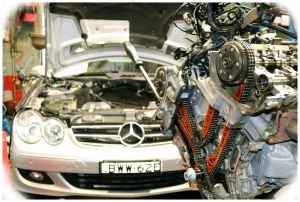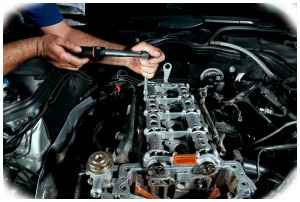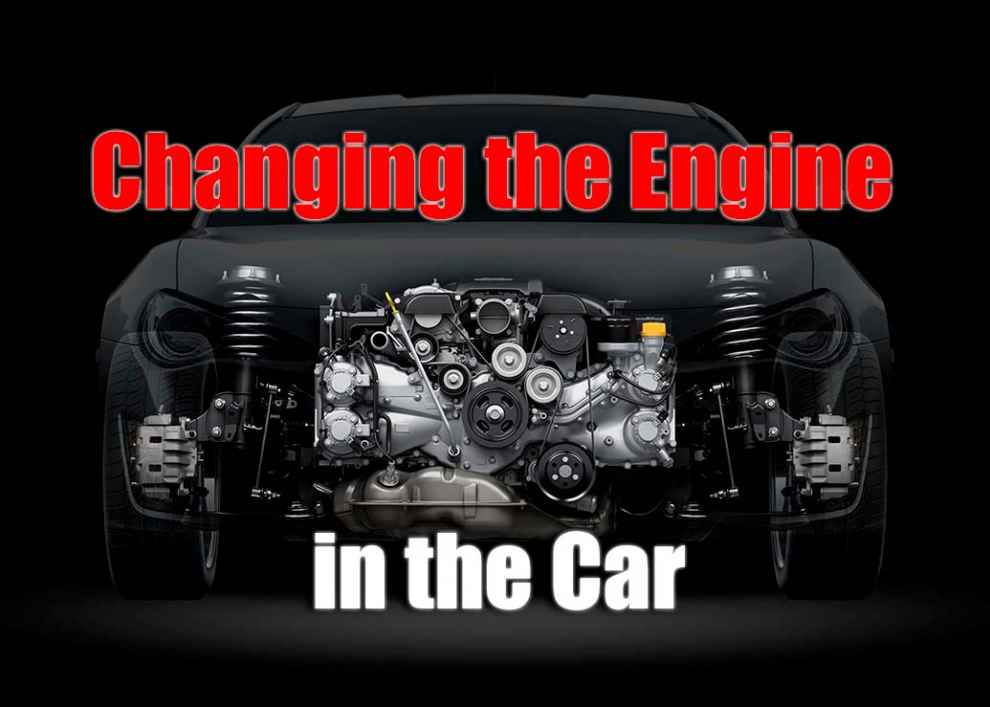Changing the engine in your car is a major operation, but it can be done with the right tools and preparation. This guide covers all of the steps for replacing an engine, from draining fluids to test-driving your vehicle afterward. It’s important to note that changing an engine is a complicated job, so it may be best to have a professional do it for you.
Why change the engine in your car?

Tools and Equipment Needed
When changing an engine in your car, certain tools are needed for successful completion of the job. You’ll need basic hand tools such as wrenches and sockets as well as jack stands if needed for lifting out the old motor. Other items include hoses, hose clamps and gaskets along with coolant and transmission fluid for refilling. You’ll also need a hoist or engine crane to remove and install the new engine.
Preparation
Before you can begin the process of replacing the engine in your car, you must prepare it for the job. First drain all fluids such as oil, coolant and brake fluid from the old motor by disconnecting hoses from the radiator and pan. Then disconnect the battery to avoid any electrical shocks while working on your car. Remove any accessories that might be in the way of engine removal such as air intake systems, exhaust manifolds and alternators. Finally, use jack stands or a hoist to support your car so that it won’t move while you’re changing out its motor.
Removing the Old Engine

Installing the New Engine
With the old engine removed, it’s time to put in your new motor. Using an engine crane or hoist, carefully lower the new engine into its compartment and make sure that all mounting bolts are in place and tightened down. Then reconnect transmission and exhaust components, making sure that all hoses are clamped tightly. Finally, install any accessories that were disconnected during preparation such as air intake systems and alternators. Also see the Best Radiator for Jeep here.
Final Steps
Once you’ve finished installing your new motor, there are a few more steps to take before you can enjoy your newly powered car. Begin by refilling fluids such as oil, coolant and brake fluid according to manufacturer’s instructions. Then reconnect the battery so that any electronics can function properly. Finally, take your vehicle for a test drive in order to make sure everything is working correctly before using it for regular driving conditions.
Common Mistakes
When replacing an engine in your car, it’s important to avoid certain common mistakes. Before beginning any major job on your vehicle, it’s essential to have a good understanding of how things work and what needs to be done in order for installation to be successful. Be sure not skip essential steps such as draining fluids, disconnecting the battery and tightening bolts and connections. Failing to follow the necessary procedures could result in costly repairs or even complete engine failure.
Conclusion
Changing an engine in your car is a lengthy but achievable job for those with mechanical know-how. With the right tools and preparation, you can put in a new motor and have it running smoothly in no time. Remember to be thorough throughout every step of the process from draining fluids to test-driving afterward. Doing so will ensure that your new engine is up and running correctly when you’re finished with it.

Add Comment